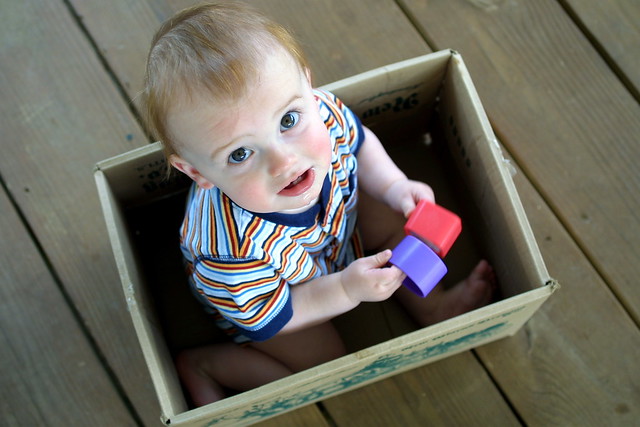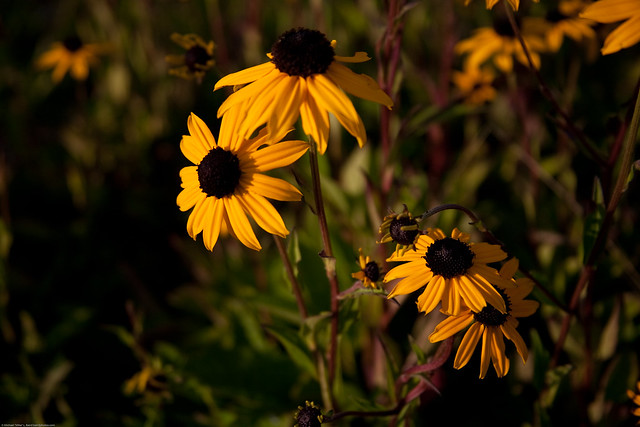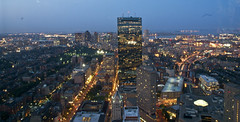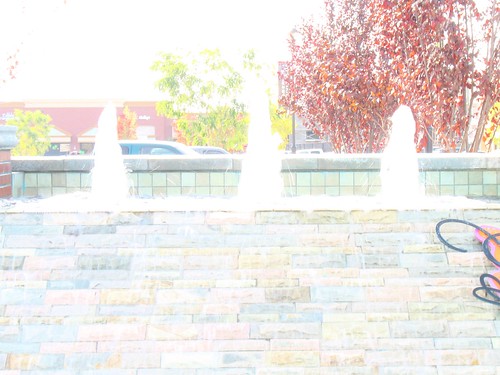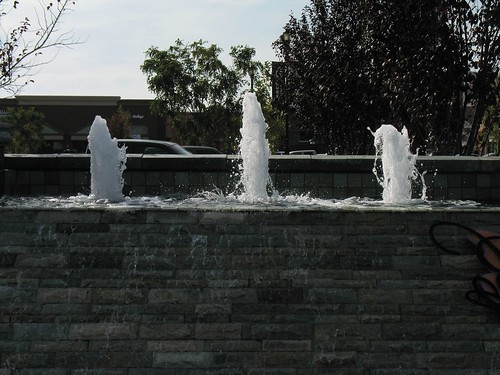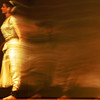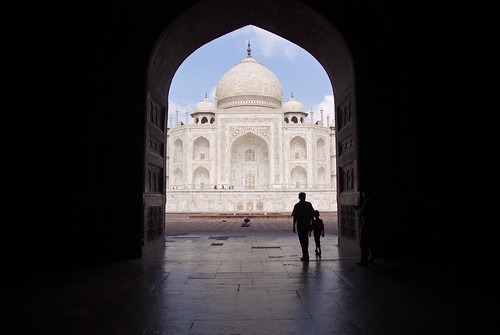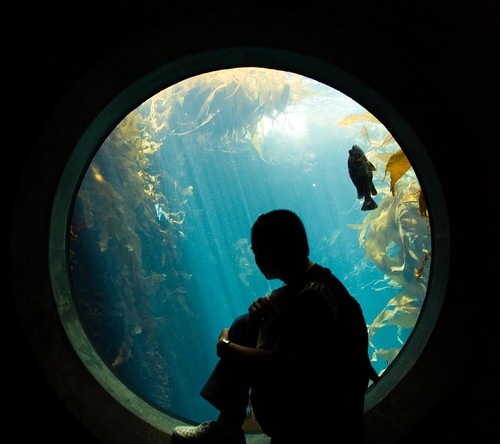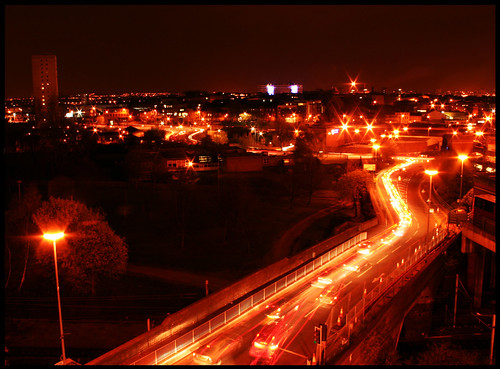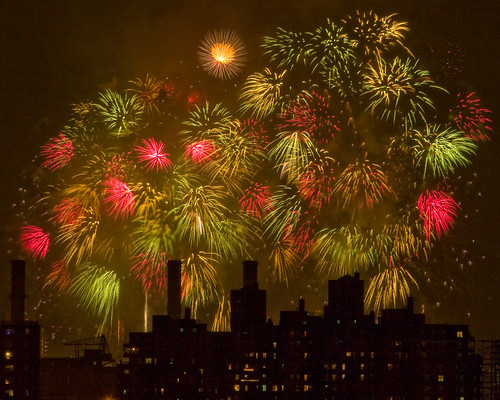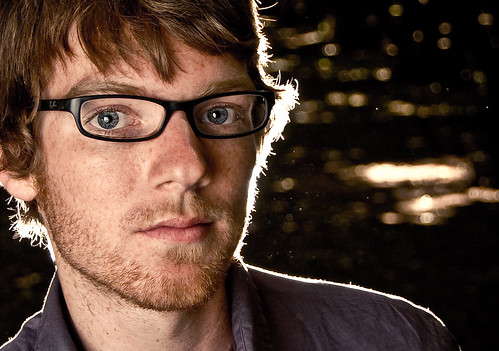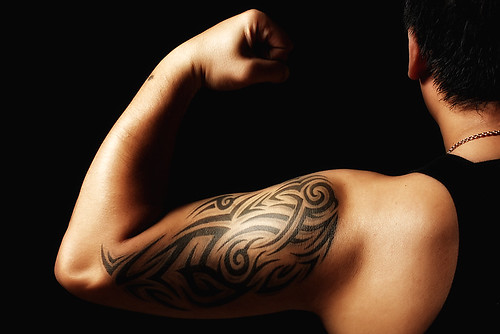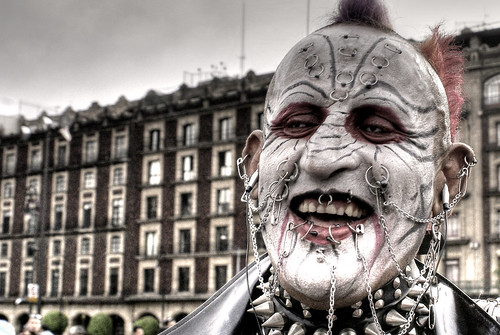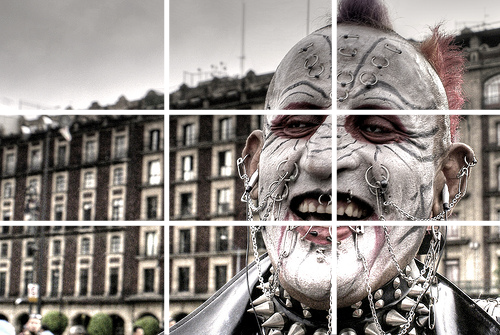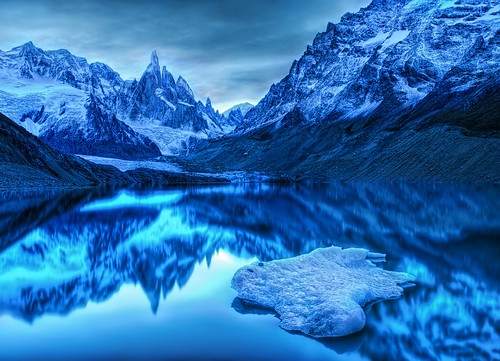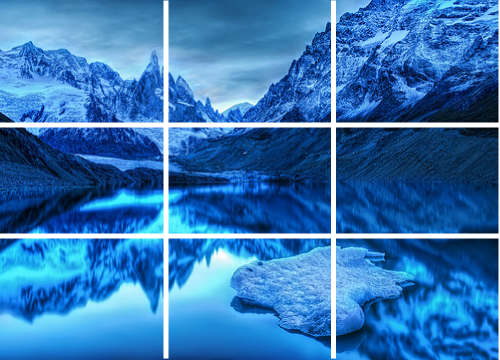User:Riacale/Moving Past the Automatic Setting
It's all about the light
Even with advances in camera technology, when in comes to taking pictures it's all about LIGHT.
The magic question is how much light do I expose the camera to?
The Automatic Setting tries to answer the question for you based on predetermined variables in the software.
It's like trying to fit everything in a box:
Go Wild!
Sometimes though, it's good exercise your creative muscles and this requires you to move away from the automatic setting on your camera.
Don't be afraid, we won't go fully manual yet. Baby steps for now.
A for Aperture
 The aperture is the opening on your camera's lens and it controls how much light the sensor (film) will receive.
The aperture is the opening on your camera's lens and it controls how much light the sensor (film) will receive.
It's that f that you see on your camera lens. Now is where it gets tricky:
- The smaller the number the wider (more open) the aperture
- The bigger the number the narrower (more closed) the aperture
Why does it matter if the aperture is wide or narrow?
DEPTH OF FIELD or the blurry background.
Think of it as a big eye..SQUINTING TIME!
Wide apertures:
- the blurry background
- focus on one subject
- Good for portraits
Narrow apertures:
- lots of detail
- good for landscape photography
Examples
Wide:
Narrow:
S for Shutter Speed
The shutter speed is how long the sensor (film) to light.
Why is shutter speed important?
- Too little light => underexposed, dark, lose detail
- Too much light => overexposed, bright, lose detail
Fast Shutters:
- Less light
- Pauses/captures actions
- Good for sports photography and fast objects (e.g. cars, birds)
Slow Shutters:
- More light
- Shows movement
- Excellent for light graffiti, fireworks, dances
Examples
Find the right balance and you can get amazing photos:
Fast:
Slow:
Flash
When your camera doesn't have enough light, the flash goes off to compensate. It's such a strong harsh light and if used wantonly can result in:
- flat colours
- loss of atmosphere such as shadows and highlights
- subjects looking greasy or oily [1]
Using flash is situational and depends on what effect you want to achieve. Below are some examples:
Silhouettes (NO FLASH)
Movement (NO FLASH)
Capture Detail (FLASH)
Things you can do to avoid using flash:
- Use a tripod
- Rest the camera on flat surface
- Increase the ISO or the sensor's light sensitivity
- Slower shutter speeds
Composition
The Rule of Thirds
It's not necessarily a steadfast unbroken rule but more of a guide. Imagine your picture is divided 4 lines into 9 sections and the rule suggests that the important elements of your photo should be placed on the lines themselves or where the lines intersect.
Why?
- Golden Ration
- It's where our eyes natural go to. [2]
Portraits
Landscapes
Store it, Save it
Developments in social web tools have given us a variety of opportunities to share our photos. Some are free, while some are not. Just be aware though that there are limits or restrictions to free accounts such as monthly or storage limits.
Photo Sharing Services
Social Web Tools

